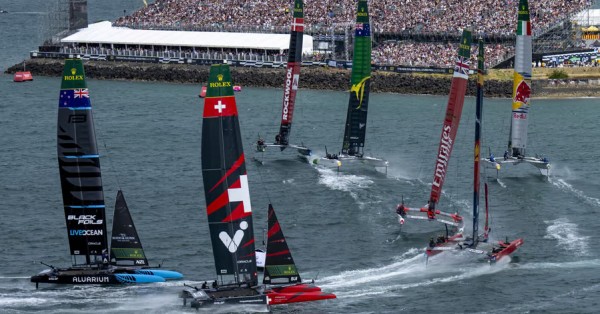- Usecase
- July 31, 2025
- Hema Kadia
At the Emirates Great Britain Sail Grand Prix in Portsmouth, Ericsson and BT combined private 5G and public 5G Standalone (SA) to enable real-time boat telemetry, low-latency video for broadcast, and immersive AR/VR fan experiences. The hybrid network, featuring Ericsson Private 5G and BT’s 5G SA slicing, created a fully



















